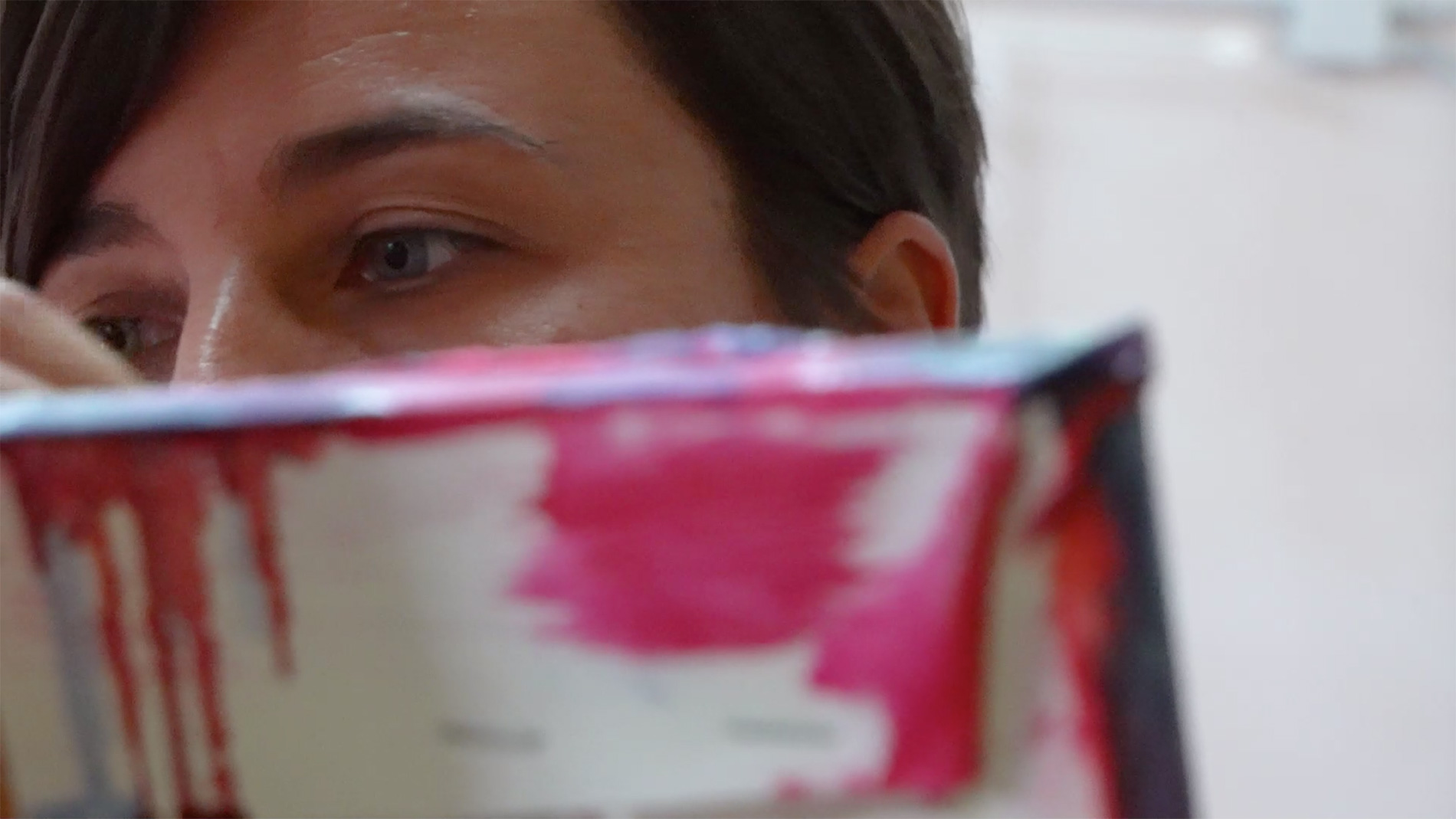Vorrei riversarmi in te
Technique used: terraglia e semire smaltati – Ceramics and glazed fire clay
Dimensions: 20x20x7 cm
Production year: 2020
Maria Giovanna Morelli
P.IVA: 02702980398 – pec@pec.mariagiovannamorelli.it
Ⓒ Copyright 2021, all rights reserved
Privacy Policy | Cookie Policy
Credits: Moga Studio
per ricevere aggiornamenti su mostre e opere.
to receive updates on exhibitions and works.

Maria Giovanna Morelli (1978, Ravenna) graduated in Construction Engineering Architecture in Bologna. Her studies allow her to range across different media and materials,
such as installation practices and more traditional techniques like painting, drawing, and ceramics.
Her work has been exhibited on several occasions in national exhibitions and awards: in 2019 and 2017 she was selected for Arte Laguna Prize in Venice, in 2019 she was among the finalists for the Combat Prize on show at the Museo Fattori in Livorno.
In 2022 she took part in the workshop/residency promoted by RAMO and Untitled Association “Ritratto a Mano 7.0” with Monica Lundy and Daniele Puppi at the Ex Convento delle Clarisse in Caramanico Terme.
Maria Giovanna Morelli’s artistic work oscillates between grotesque and monstrous imagery and a more fairy-tale world of soft figures and pastel colors. Sometimes ambiguous shapes hint at a veiled and never explicit eroticism. The reference to the human body often conceals an ironic approach, with a hint of cynicism that permeates her entire production.
The fundamental themes that run through much of her artistic research include family, motherhood and autobiographical cues.
Easily readable in the painting where figures sometimes become shapeless, fleshy masses, other times children’s bodies playing in geometric and flat environments that cross the domestic space.
The absolute protagonist in both painting and sculpture is colour. In painting, it is used as a material to create masses and backgrounds that leap out of space in strong bold chords, while in small sculptures it becomes a decorative element and the tonal chord becomes gentle and elegant.